Essential Guide to Choosing the Right Well Pump for Your Needs
Introduction to Well Pumps, Submersible Pumps, and Types
Well pumps deliver water from underground sources to homes, including submersible pumps and deep well pumps for reliable water access.
There are three main types of well pumps: Shallow Well Jet Pumps, Convertible Well Jet Pumps, and Deep Well Submersible Pumps, each with unique characteristics. These pumps well are often categorized by their voltage, horsepower, and installation method to match specific water system requirements. Many well pumps use a pressure switch to regulate water delivery or system operation. Shallow well jet pumps and convertible well jet pumps are not submersible, making them suitable for specific applications.
Submersible pumps are ideal for deep water reserves, providing a reliable water supply and replacing traditional bucket and pulley systems.
Understanding the different types of pumps is crucial to ensure permission to access the right information and make an informed decision.
Well pumps are a vital component of any water extraction system, and choosing the right one can prevent issues like “access denied” errors.
Factors to Consider When Choosing a Pump
When selecting a pump, consider factors like water pressure, flow rate, and power source to ensure you find the right fit for your needs.
Submersible pumps are a popular choice for their ease of installation and maintenance, but may require specific permission to access certain features.
Deep well pumps are designed for accessing water from deep subterranean aquifers, providing a reliable water supply and minimizing the risk of “https errors.edgesuite.net” issues. These pumps can access water reserves located much deeper than shallow wells, making them essential for certain applications.
The type of pump you choose will depend on your specific needs, including the depth of your well and the amount of water you need to extract.
For jet pump systems, such as shallow well jet pumps and convertible well jet pumps, a foot valve is an important component. It helps prevent backflow and maintains the pump's prime, ensuring efficient operation.
It’s essential to have a clear understanding of the different types of pumps and their characteristics to make an informed decision and avoid “access denied” errors.
Selecting the Right Pump for Your Specific Needs
To select the right pump, consider your water usage and the depth of your well, and look for pumps with features like rust-proof and NSF-compliant materials. A pump controller can help automate operation and protect the pump from issues such as dry running or power surges. Water pumps designed for well systems offer reliability, durability, and cost-effectiveness for rural or off-grid properties, with long lifespans and USA-based support to ensure long-term water independence.
Submersible pumps are built for DIY projects and offer industrial-strength performance for rural and off-grid properties, making them a great choice for those who need reliable access to water. Deep well submersible pumps are typically submerged inside your well, ensuring efficient water extraction.
When choosing a pump, ensure you have the necessary permission to access the required information and resources, and be aware of potential issues like “https errors.edgesuite.net” errors.
Well pumps are a critical component of any water extraction system, and selecting the right one can provide clean, safe water with lifespans over 15 years and lifetime USA support.
By considering your specific needs and doing your research, you can find the right pump for your needs and enjoy reliable access to water without encountering “access denied” errors.
Installation and Maintenance of Your Well Pump System
Proper installation of your well pump system is essential for ensuring efficient and reliable water delivery to your home or property. A pressure tank is a key component in many well pump systems, helping to maintain consistent water pressure and reduce pump cycling. Before beginning the installation process, it’s important to confirm that you have the necessary permission to access all system components and resources. If you encounter any “Access Denied” errors, this could indicate issues with your http or https permissions, or problems connecting to the server or edgesuite.net resources required for setup.
While many well owners choose to hire a professional for installation—especially for deep well or submersible pumps—some prefer the DIY route. Installing submersible pumps yourself can be a cost-effective option and offers a rewarding experience, provided you follow all safety guidelines and manufacturer instructions. Regardless of your approach, always verify that you have the correct access and permissions to avoid any interruptions during installation.
Once your well pump is up and running, regular maintenance is key to extending its lifespan and preventing unexpected breakdowns. Routine checks help you spot potential issues early, such as drops in water pressure or flow, which could be signs of permission or access problems within the system. For deep well pumps, it’s especially important to ensure that the pump is operating smoothly and that you have ready access to replacement parts and technical support if needed.
Submersible pumps are favored for their efficiency and reliability, particularly in deep water applications. However, maintaining these pumps requires periodic inspection and cleaning, as well as ensuring you have the necessary permission to access the pump for any maintenance tasks. Keeping an eye out for “https errors.edgesuite.net” or similar server-related issues can help you address problems before they impact your water supply.
By investing in a high-quality well pump system and adhering to recommended installation and maintenance procedures, you can enjoy a steady, dependable source of water for years to come. Staying proactive about access, permission, and potential server or edgesuite.net errors will help you avoid costly repairs and ensure your well pumps are always ready to deliver the water you need.



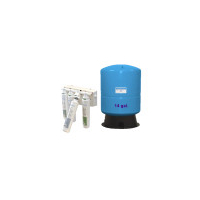
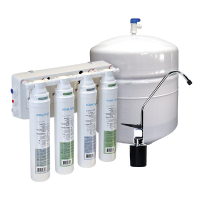
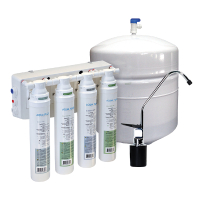
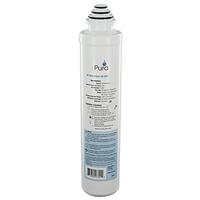
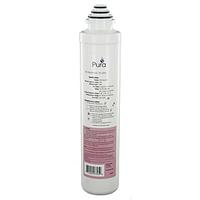
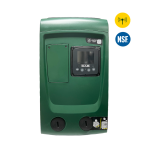





Validate your login